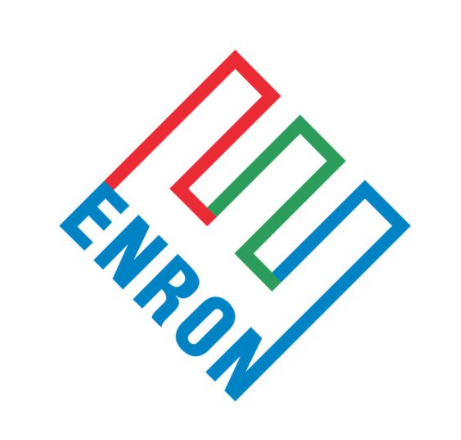Early December marked the 20th anniversary of the largest bankruptcy in US history, Enron. If you turned on the evening news during that event, you saw images of employees leaving the company’s Houston headquarters for the last time, carrying boxes of personal items out the front door. Many of these employees not only lost a job but also saw their 401(k) accounts crushed because a significant portion of their company plan was invested in Enron stock. According to a Forbes article, “The Post-Enron 401(k)” from October 20, 2003, Enron employees, as a group, held 60% of their retirement assets in company stock.
The collapse of Enron highlights the risks to employees of combining their human capital (job) with their investment capital (401k). From an investment perspective, diversification is the key to minimizing risk and generating a consistent return for the long-term. Since 1926, the US stock market has rewarded investors with an average annual return of about 10%. The returns for individual stocks were much more varied and inconsistent as seen in the examples of Enron, WorldCom, Lehman Brothers and others. We have all heard the phrase, “Don’t put all your eggs in one basket.” Many Enron employees found themselves in just that situation, having all their investments and their jobs in the same financial basket.
The good news from this disaster is that employees and company retirement plan providers appear to have learned from their mistakes. Investments in 401(k)s are much more diversified than in the past. According to research from the Employee Benefit Research Institute (EBRI), 401(k) participants’ investments in company stock are at historically low levels. As of January 2019, 5% of 401(k) assets were invested in company stock, a significant reduction from the 60% level owned by Enron employees. As a general rule, we recommend having no more than 10% of your investment portfolio in any single stock.


